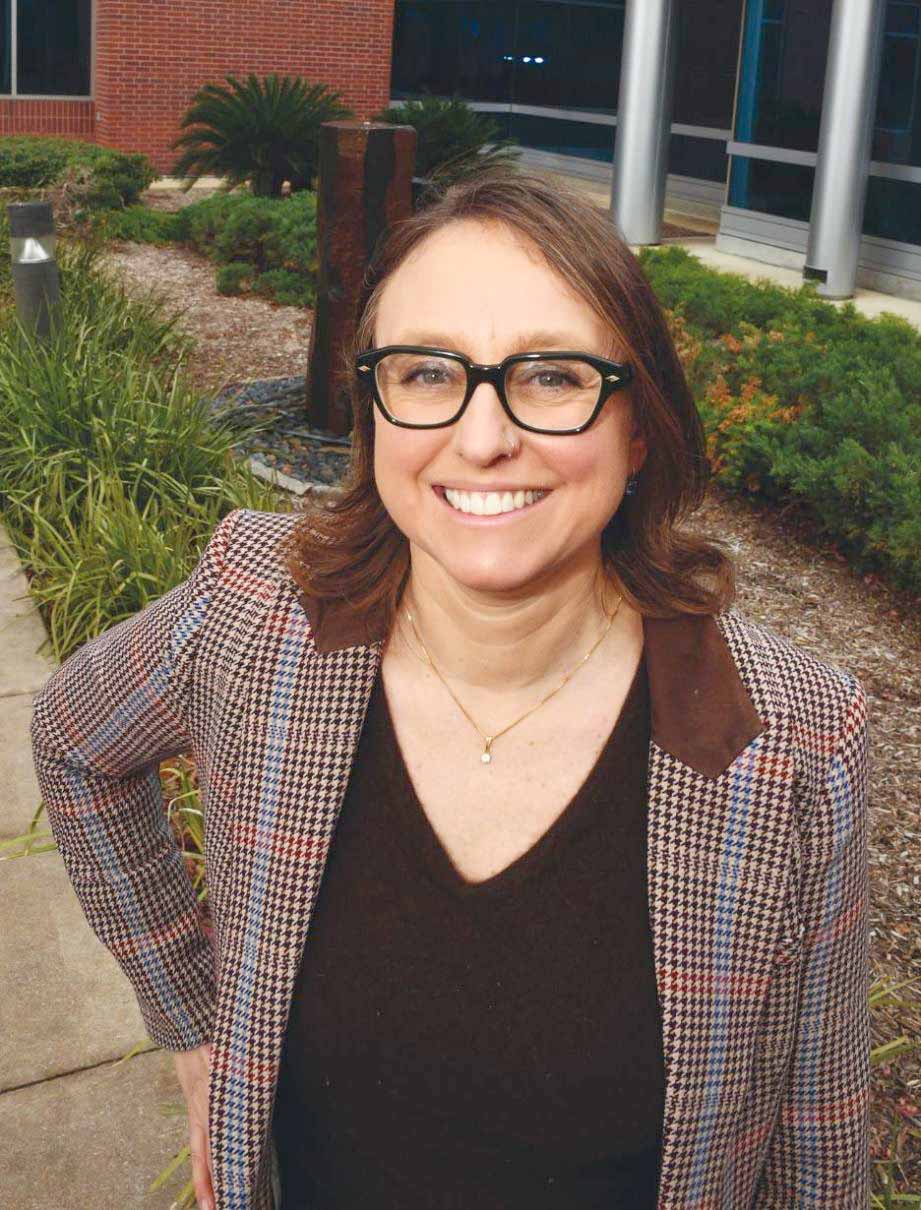NEW FACULTY: Employing radiochemistry for therapy, diagnostics

Dr. Federica Pisaneschi uses radiochemistry to both diagnose and treat disease.
Long-established use of radiation in cancer and imaging has given rise to a new field to diagnose and treat disease: targeted radiopharmaceuticals, molecules designed to accumulate specifically to the disease and spare healthy organs.
Combining chemistry, medicine, and imaging, two radiopharmaceuticals are now used clinically, with IMM researchers working to expand this reach.
The vast clinical applications of radiochemistry and radiopharmaceuticals development, and quick results, lured organic chemist Federica Pisaneschi, PhD, to this field.
“It was serendipitous as many things in science,” said Pisaneschi, who joined the IMM’s Center for Translational Cancer Research as an assistant professor in April 2023. “During my postdoc in England, I by chance learned about this whole new field of radiopharmaceuticals development.”
Pisaneschi trained to use radiation and started radiolabeling her own molecules, specializing in the chemistry of radiohalogens, particularly Flourine-18, which plays a crucial role in PET (positron emission tomography). With PET imaging, radioactivity, carried around by the radiopharmaceutical, is followed and visualized throughout the body – illuminating organs and blood flow and eventually accumulating on the disease of interest.
Pisaneschi has introduced two successful PET agents to clinical trials, including a diagnostic, which discriminates between aggressive and less aggressive brain tumors. The other compound visualizes acute inflammation, which she is now employing for inflammation in the brain. Neuroinflammation is a marker of neurodegenerative disease, like dementia, and can be a terrible side effect of cancer treatment, especially for pediatric brain tumors.
“These patients get a high dose of standard ‘external beam’ radiation during their radiotherapy treatment, very close to the brain. This has been found to create neurodegeneration in later life,” she said. “So, if we can visualize inflammation early and treat it, we can interrupt the progression to cognitive impairment.”
Her work also includes developing theranostics, which are molecules that combine both diagnostics and therapy.
“The main idea is to create a molecule that accumulates on the target, such as a tumor. Then, if the radioisotope that I’m using is the diagnostic one, the molecule can visualize the tumor, or stage progression. A diagnostic isotope does not have the ability to kill cells, that’s why it is safe to use. But then I can choose to use a therapeutic isotope and link it to the same molecule. Now, the molecule will carry a deadly radiation dose to target and will kill cancer cells,” she explained.
Pisaneschi said she loves seeing instant results of her research. “With radiochemistry, you have immediate feedback – either it works or it doesn’t, and you know the results by the end of the day,” she said.
Joining the IMM from The University of Texas MD Anderson Cancer Center, Pisaneschi said she sees the opportunity for growth.
“The sky is the limit when it comes to developing radiopharmaceuticals for any disease,” she said. “Now I can broaden my scope beyond oncology and work in neurodegeneration, which is
already a strong area of research for the IMM.
“I feel this is booming right now, and I’m looking forward to see where it’s going.”
